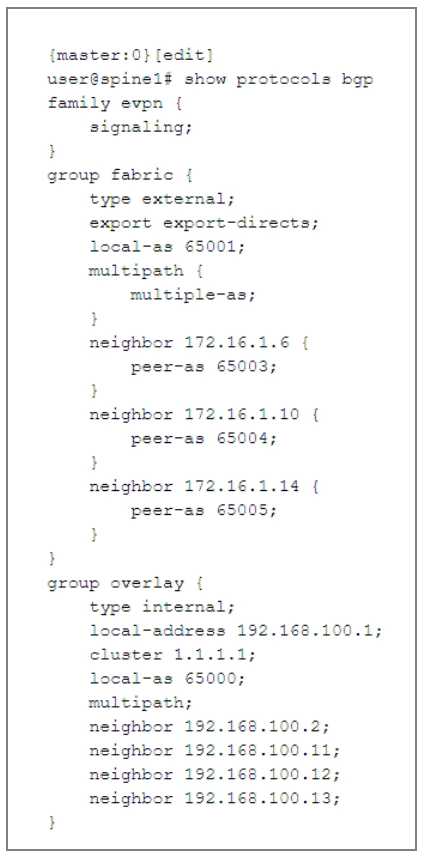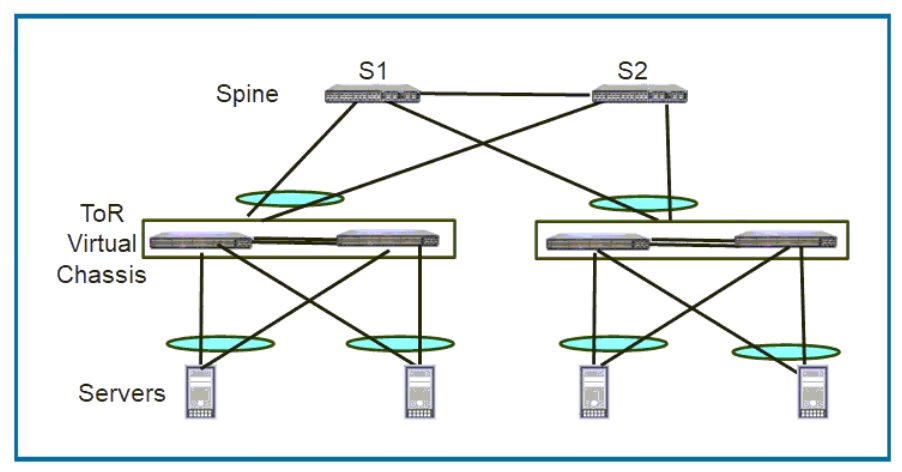Data Center, Professional
Here you have the best Juniper JNCIP-DC practice exam questions
- You have 57 total questions to study from
- Each page has 5 questions, making a total of 12 pages
- You can navigate through the pages using the buttons at the bottom
- This questions were last updated on June 26, 2025
- This site is not affiliated with or endorsed by Juniper.


